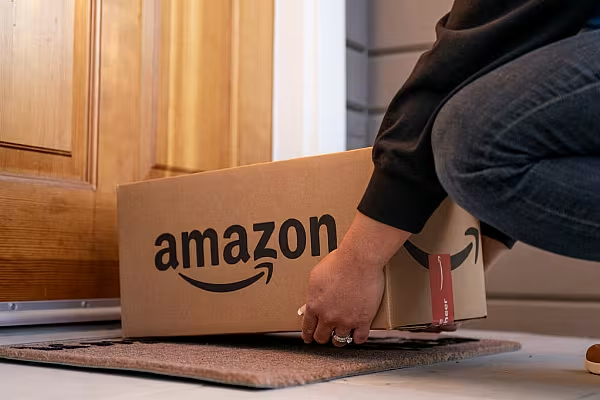DoorDash has forecast a quarterly profitability metric below Wall Street expectations, hurt by higher labor costs that overshadowed a surge in delivery orders, sending its shares down over 8% in extended trading.
The delivery firm, which also reported a wider-than-expected loss for the fourth quarter ended December 31, has increased minimum pay for its delivery workers, following new regulations.
'Regulatory Costs'
"We are absorbing some of the regulatory costs in Q1," chief financial officer Ravi Inukonda said on a post-earnings call. He said these costs would decrease over time.
To attract more customers, the company has been spending heavily on marketing and expanding its core restaurant delivery business to include grocery, convenience and alcohol.
Its total costs and expenses climbed 9.3% in the fourth quarter.
DoorDash said it expects current-quarter adjusted earnings before interest, taxes, depreciation, and amortisation (EBITDA) between $320 million (€297.3 million) and $380 million (€353.1 million), compared with an average analyst estimate of $355.3 million (€330.1 million), according to LSEG data.
Uber's Performance
Uber, which has a food delivery business that competes with DoorDash, said last week that quarterly revenue in that segment grew 6%. On Wednesday, Uber announced its first-ever share buy-back of $7 billion, boosting its stock to a record high.
DoorDash, too, said on Thursday it would buy back up to $1.1 billion in shares this year. In 2023, the company's stock price more than doubled.
"Expectations for DoorDash may have been a bit inflated on the heels of Uber's earnings," said Insider Intelligence analyst Blake Droesch.
Total Orders
In the December quarter, DoorDash's total orders rose 23% to 574 million from a year earlier. Revenue rose 26.7% to $2.30 billion (€2.14 billion), compared with an estimate of $2.24 billion (€2.08 billion)
It reported a loss of 39 cents per share compared with LSEG estimates of a 16 cents loss.
For 2024, DoorDash expects gross order value (GOV) - a key metric that shows the total value of all app orders and subscription fees - between $74 billion and $78 billion, compared with $66.8 billion in 2023.











